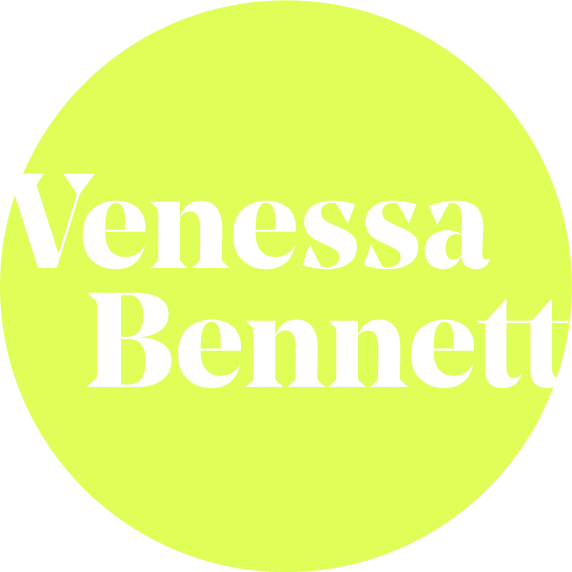Creating a collaborative dream team
Over the years I have worked in many different teams using different methodologies. The one thing that I have found that works well is the power of working in a cross-functional team and collaborating closely with engineers. It may sound a bit cliche but you get the best results when you work together as a team.
Creating a truly collaborative team
Traditionally in cross-functional teams, the focus is always on delivery and in turn on the engineers. When it comes to the stand-ups, planning and retros the focus is on what can be delivered, and the designer is typically cut out of the process only providing UI input. Designers typically work upfront doing the research and forming the design working in a cross-functional team can be like a relay race, passing the baton of the UI from designer to engineer.
Part of working together effectively is making sure that all members of the team are included and have a say. It starts with the team planning and ensuring that the designer has their tickets and activities on the board. This means that in the stand up it is clear to the rest of the team what the designer is working on and gets to talk through about what they are currently working on. For the designer, it also means that they have to plan their work and activities to fit within a sprint which helps the wider team to understand the design process. Based on the team capacity you can also pair up an engineer with a designer so that it helps make sure the design is feasible from an engineering perspective.
Discovery is a group exercise
Discovery is typically seen as a task done solely by designers, while I agree that designers should drive discovery, I don’t agree that it is a solo exercise. Engineers and stakeholders should be involved in key aspects of discovery so that they have an understanding of why a designer has come up with the solution they have.
As a designer in a team, I always encourage stakeholders and engineers to observe user interviews, to give a greater understanding of our users. You should always spend time to playback insights and findings so that others gain an understanding of the design process and also understand the value of using insights to drive product decisions.
Work with the whole team to form ideas
As a best practice, I like to make sure that I pair with an engineer so that they can lead in technical discovery and help with feasibility. Towards the end of the discovery process, I do a sketching session with the whole team to help discuss ideas and to get everyone involved in the formation of ideas. Remember you are the designer and the design of the final solution is up to you.
Take stakeholders along the journey
As I mentioned early it is key you take your stakeholders along the journey. Although there are benefits, you don’t need to get them involved in every aspect of the process. But making sure that you regularly check in with them, letting them know how your discovery is going, what new insights you have and the ‘why’ they have made the decisions they have made. This helps make the stakeholder feel involved in the process and also helps the team feel like the stakeholder is a key member of the team and not just on the sidelines barking orders to the team. This kind of openness helps to build trust in the relationship with stakeholders.
Validate your designs regularly
As you move through the design and development process it is key to validate your designs. When you think of validating designs, you instantly think of validating it with users but a key aspect of validating your design is with the engineers. Validating with engineers early gives you a greater understanding of how engineers would approach the solution, helps you to answer engineer questions early and also give you things to consider when designing.
Most teams validate their designs in the discovery process but very few validate the solution when it’s in development, it might feel like validating the solution when it’s in development can derail things, but its key to try to capture issues early and also confirm that you are on the right track if possible try and validate the actual solution and not a prototype to get as close to the real thing as possible.
Remember that all teams are different and working in teams can be a challenge but a key aspect of it is communication. Ensuring that you communicate with the team, and are transparent with your process, checking in often really helps to create an open environment that fosters greater collaboration.




